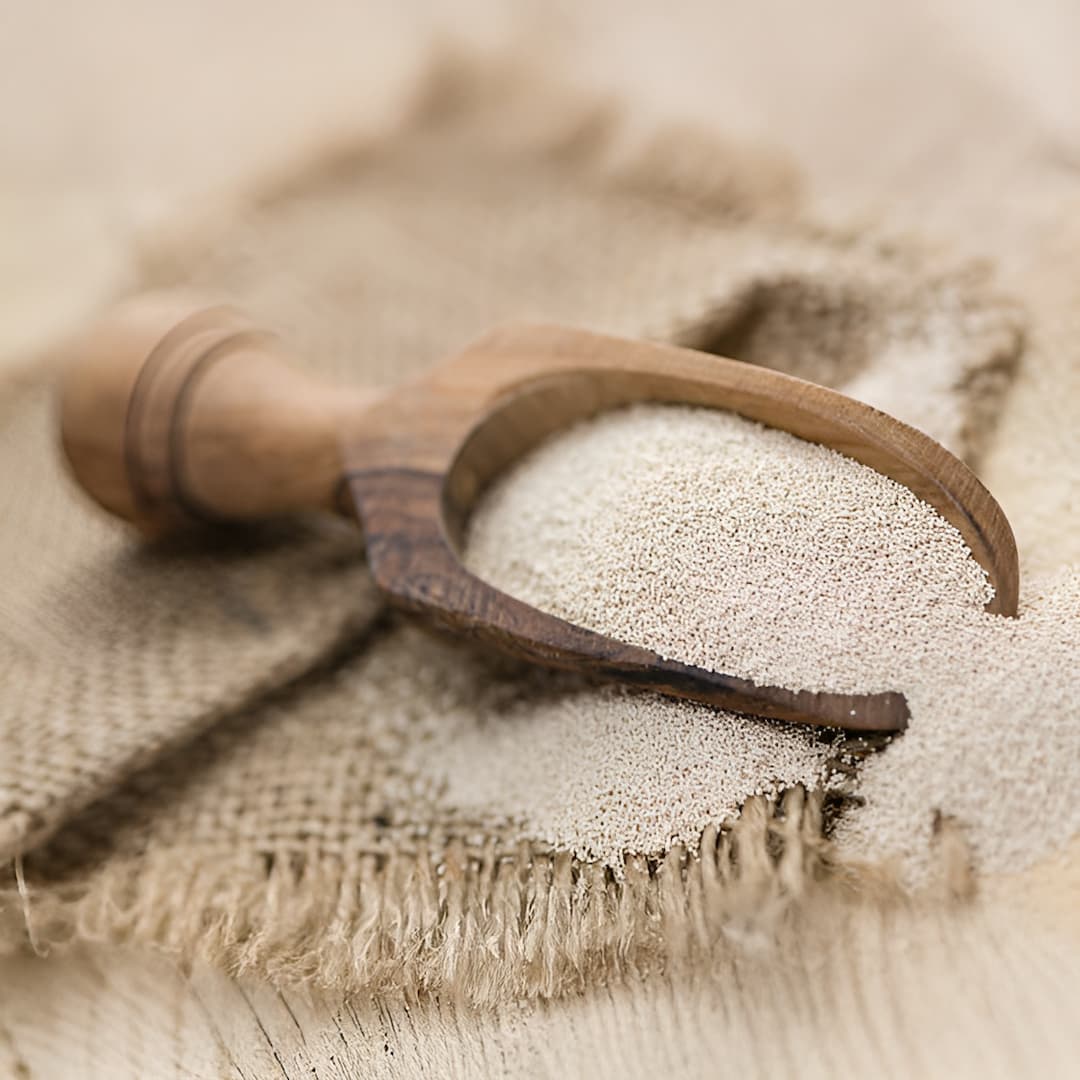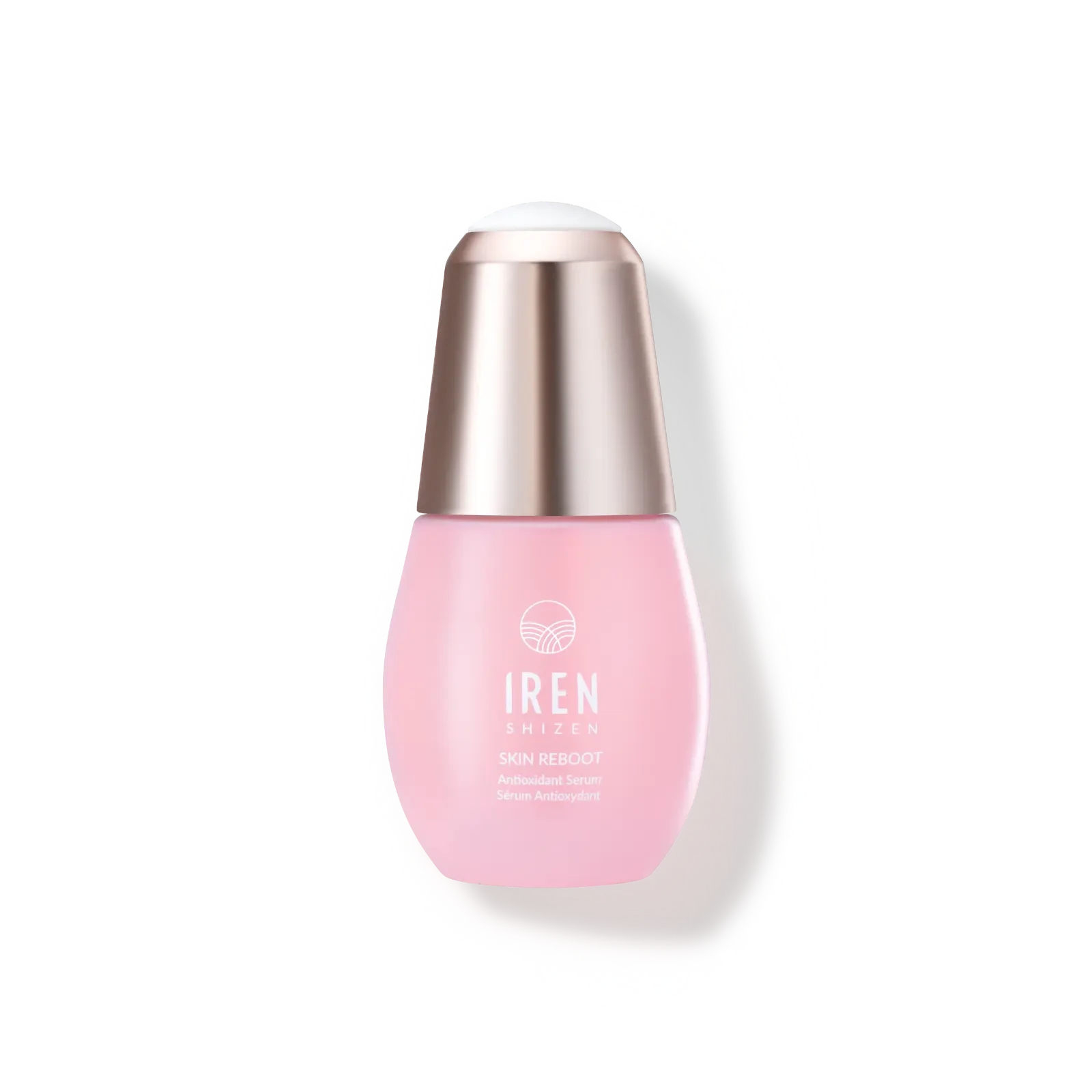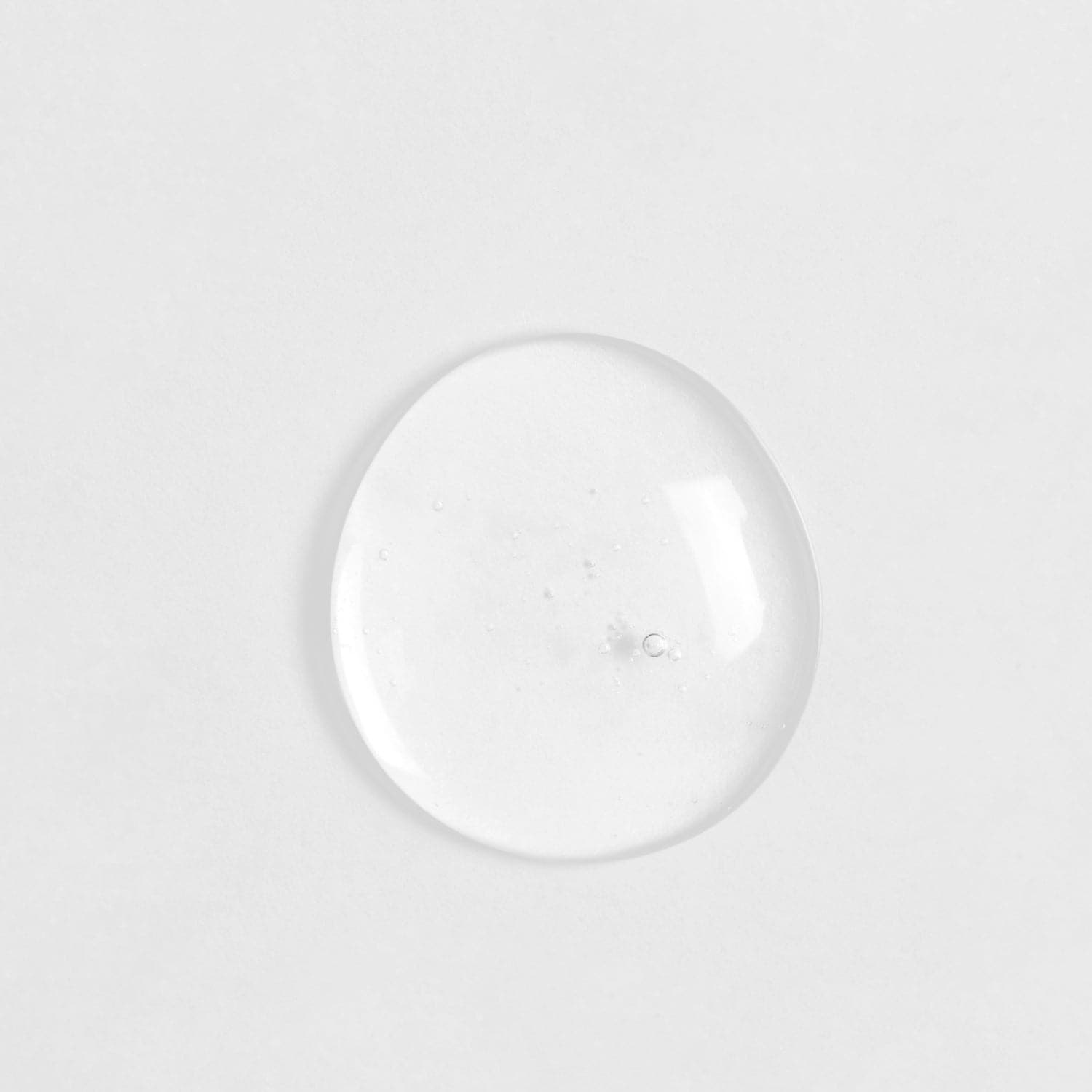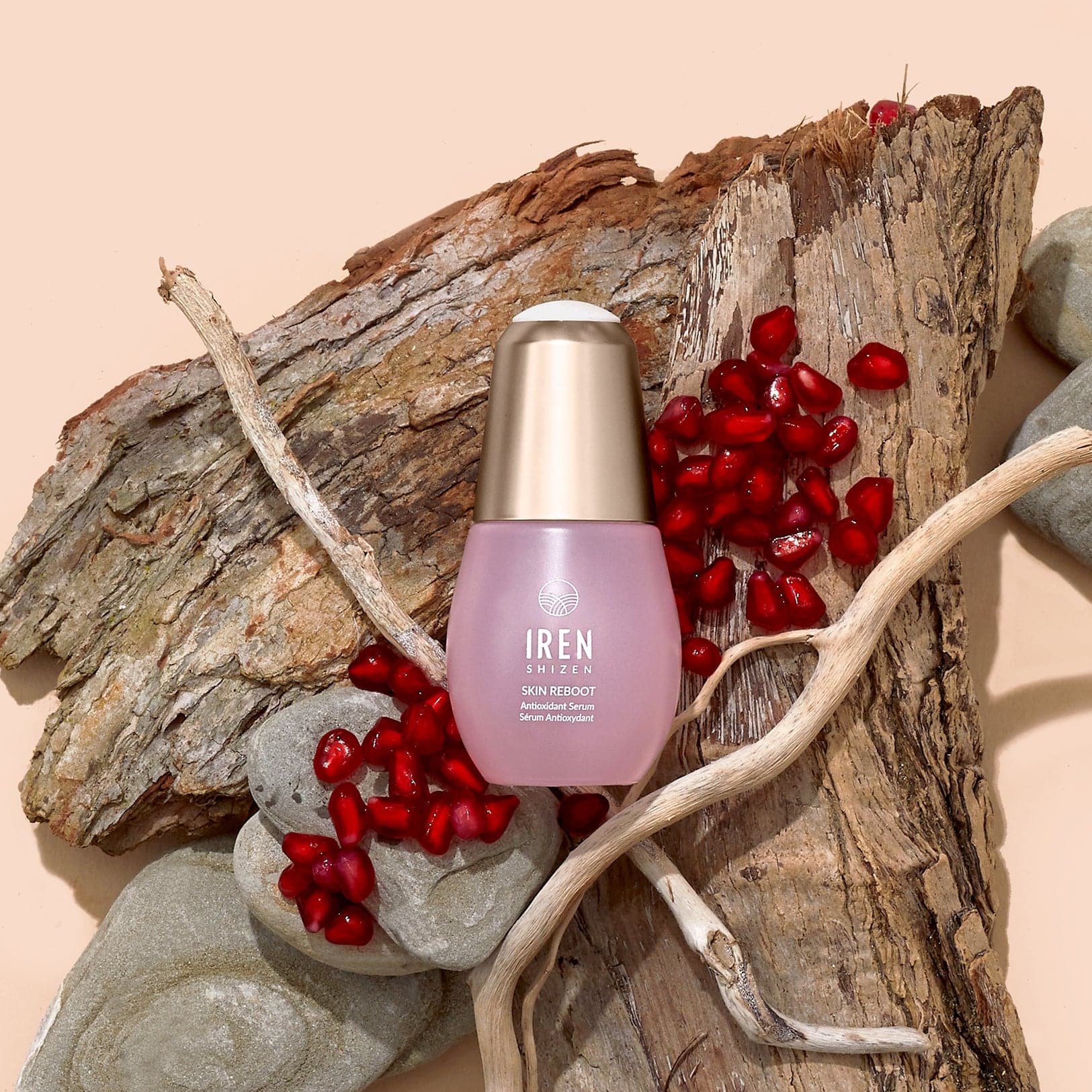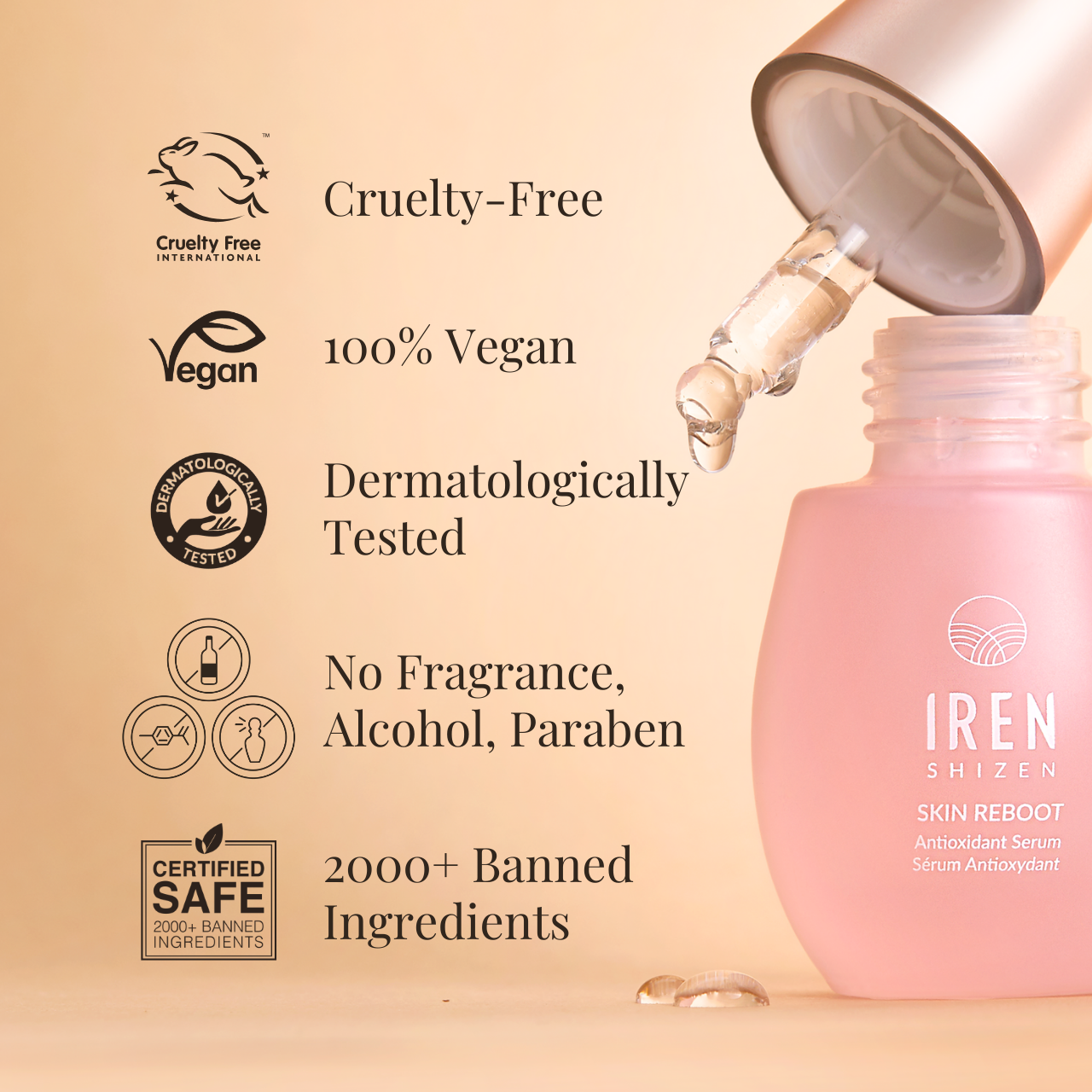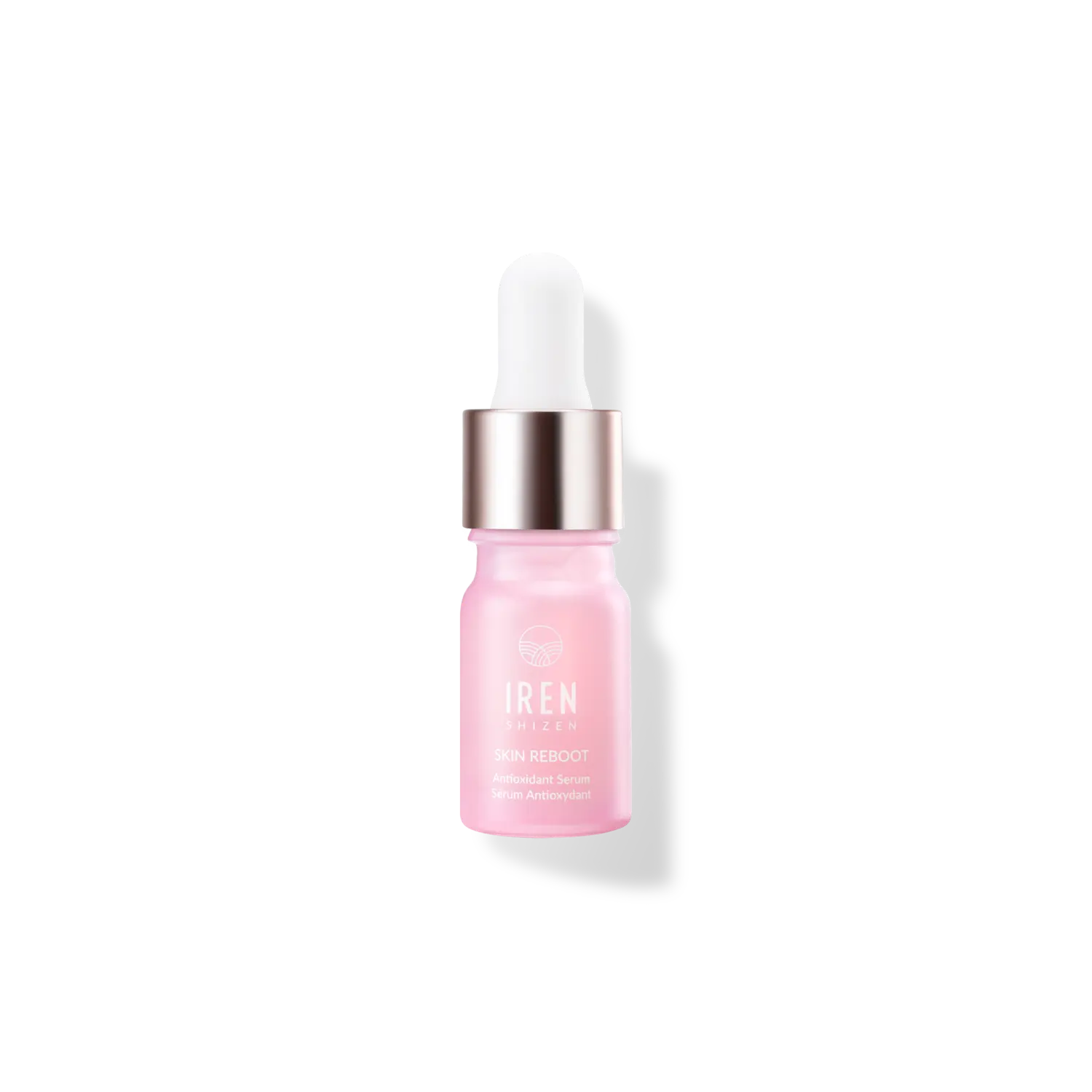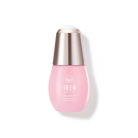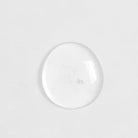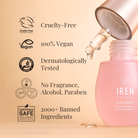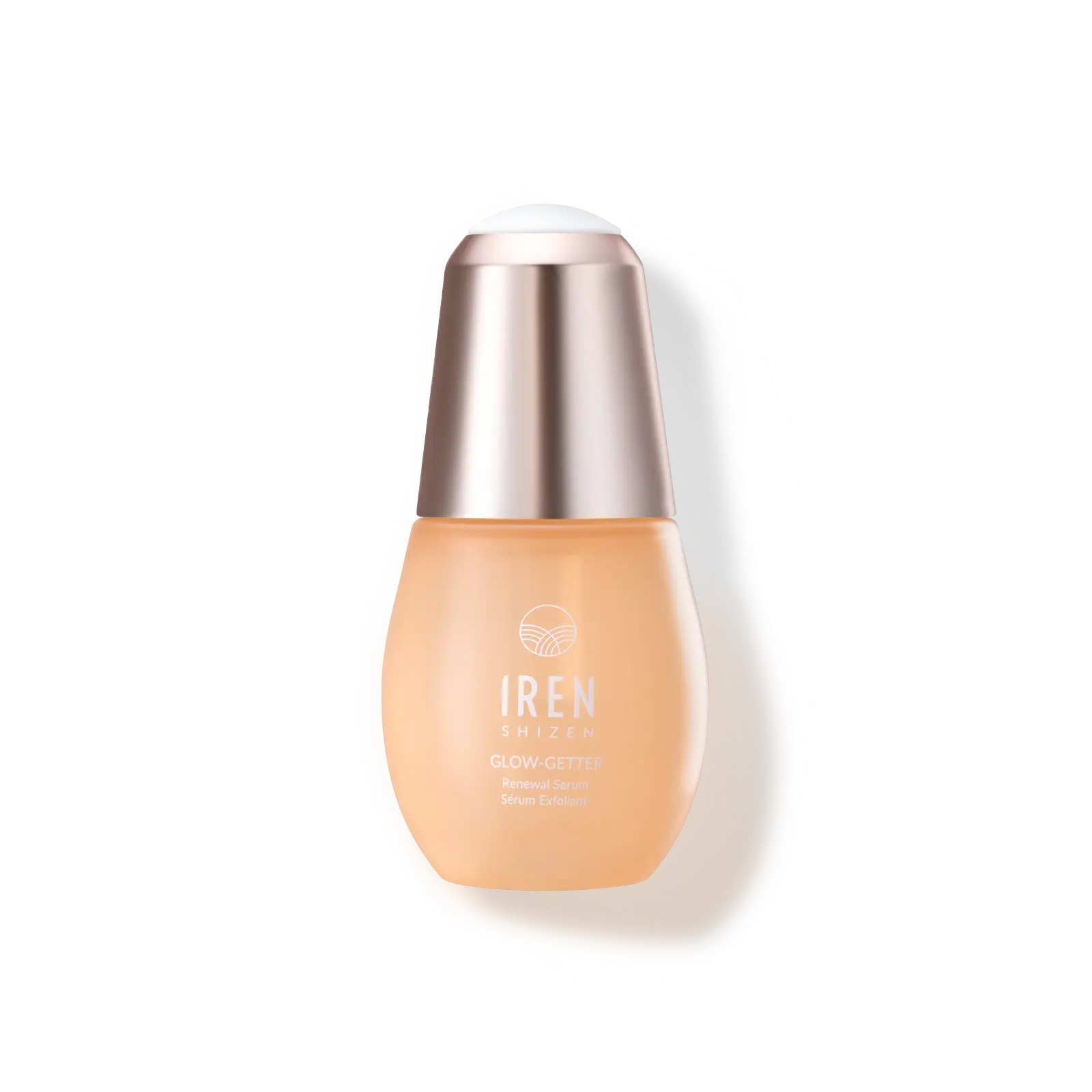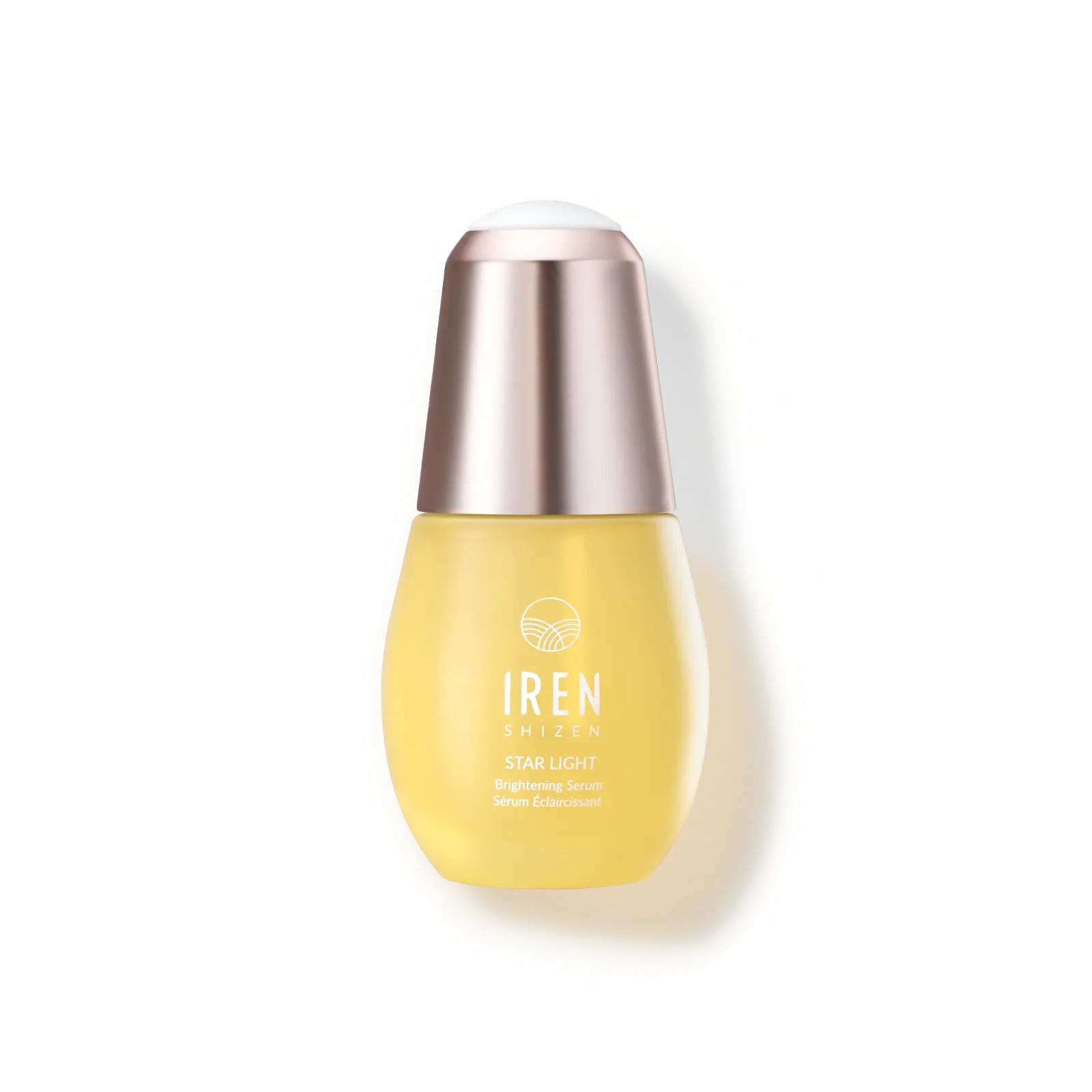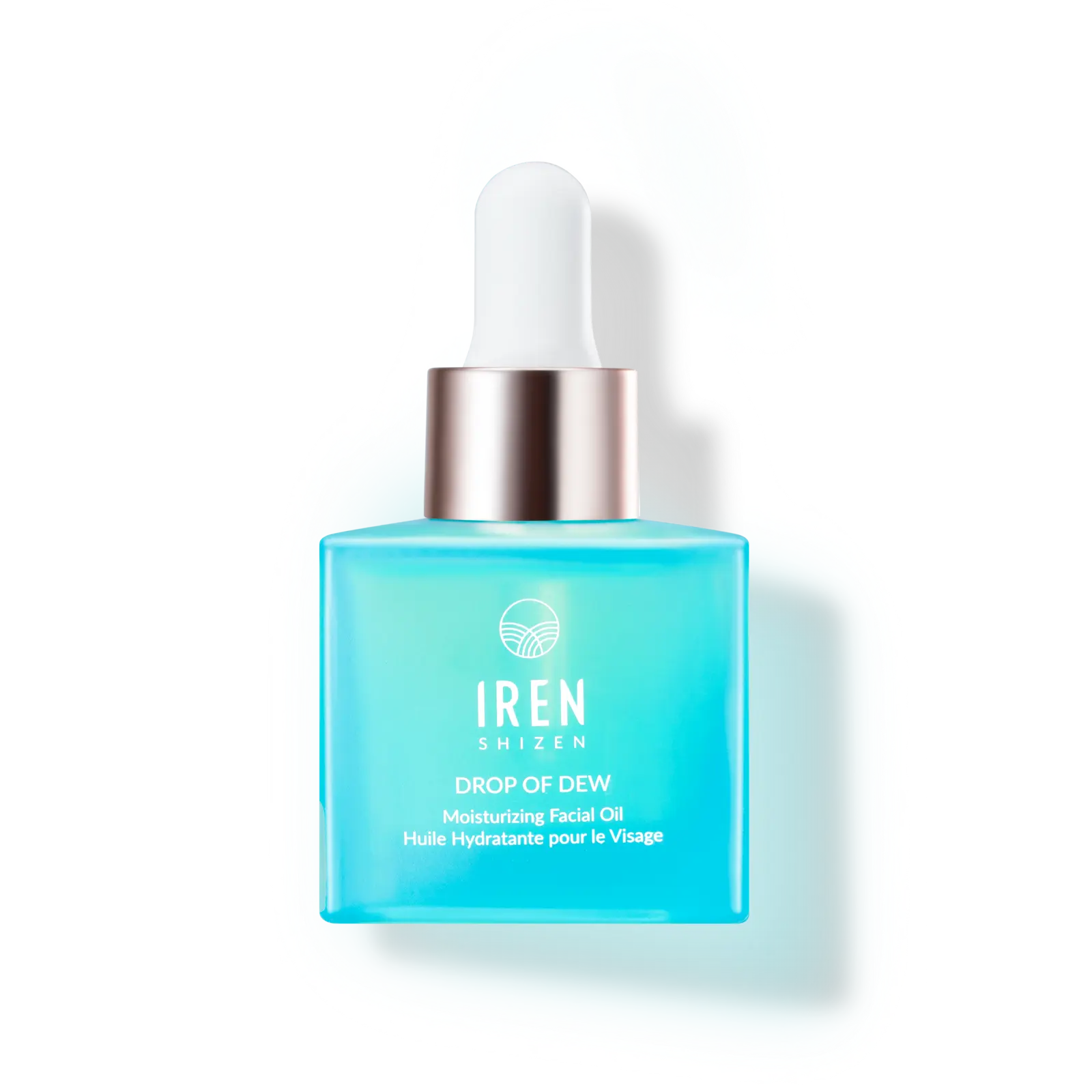HISTORY
The use of fermentation in beauty rituals has deep roots in Asian cultures, particularly in Japan, where fermentation has been integral to both food and cosmetic traditions for centuries. In the Edo period (1603-1867), Japan saw the rise of fermentation practices, as people discovered that fermented products such as sake and miso could preserve health and enhance the beauty of the skin. Sake brewers were often admired for their exceptionally smooth hands, which was later attributed to the yeast and enzymes present in the fermentation process.
SCIENCE
Yeast Ferment Extract is a powerhouse ingredient packed with nutrients that offer a wide range of skin benefits. During the fermentation process, yeast produces bioactive compounds like amino acids, beta-glucans, peptides, and antioxidants, which work synergistically to nourish and protect the skin. This natural fermentation enhances the potency of the extract, making it a highly effective ingredient in skincare formulations. Its multi-faceted benefits, from hydration to anti-aging, make it a versatile solution for different skin concerns.
One of the primary benefits of Yeast Ferment Extract is its ability to deeply moisturize the skin. Beta-glucans, a key component of the extract, have an incredible ability to retain moisture. These molecules penetrate the skin's surface, binding water to the skin cells and boosting hydration levels. By improving the skin’s moisture retention, beta-glucans help strengthen the skin’s protective barrier, which is essential in defending against environmental factors like pollution and UV damage. Research has shown that after just two weeks of regular use, products containing Yeast Ferment Extract can increase skin hydration by up to 30%, leading to softer, more supple skin.
In addition to its moisturizing properties, Yeast Ferment Extract promotes cellular regeneration, making it ideal for aging or damaged skin. The amino acids and peptides produced during the fermentation process stimulate collagen production, a protein that is crucial for maintaining the skin's elasticity and firmness. Increased collagen production helps reduce the appearance of fine lines and wrinkles, restoring a more youthful look to the skin. Furthermore, these compounds assist in skin repair, accelerating the healing process for those with irritated or damaged skin, making it particularly beneficial for people dealing with skin stress caused by external factors or aging.
The extract is also a potent antioxidant, particularly rich in an enzyme known as superoxide dismutase (SOD), which plays a critical role in neutralizing harmful free radicals. Free radicals, which are generated by UV exposure and pollution, can cause oxidative stress that accelerates skin aging. By reducing oxidative damage, SOD and other antioxidants in Yeast Ferment Extract help protect skin cells and reduce inflammation, thereby slowing down the visible signs of aging. Studies have demonstrated that using products containing this extract can lead to a significant decrease in oxidative damage, reducing premature aging by almost 40%.
Beyond its anti-aging and repair benefits, Yeast Ferment Extract also helps balance the skin's natural functions. Its ability to regulate oil production makes it especially useful for those with combination or oily skin, helping to maintain a healthy skin balance. The natural enzymes in the extract also promote gentle exfoliation, encouraging the removal of dead skin cells without causing irritation. This process helps to brighten the skin, revealing a more radiant and even complexion, which is why Yeast Ferment Extract is often included in formulations designed for dull or uneven skin tone.
REFERENCES
- Yang, F., Zhou, Z., Guo, M. and Zhou, Z. (2022) 'Validation of the tight junction promotion and skin barrier enhancement by Saccharomyces rice ferment filtrate', Journal of Cosmetic Science, 73(4), pp. 201-212.
- Wong, W.R., Hakozaki, T., Yoshii, T., Chen, T.Y. and Su Pang, J.H. (2011) 'Up-regulation of tight junction-related proteins and increase of human epidermal keratinocytes barrier function by Saccharomycosis ferment filtrate', Journal of Cosmetics, Dermatological Sciences and Applications, 1(1), Article ID: 4424, pp. 1-10.
